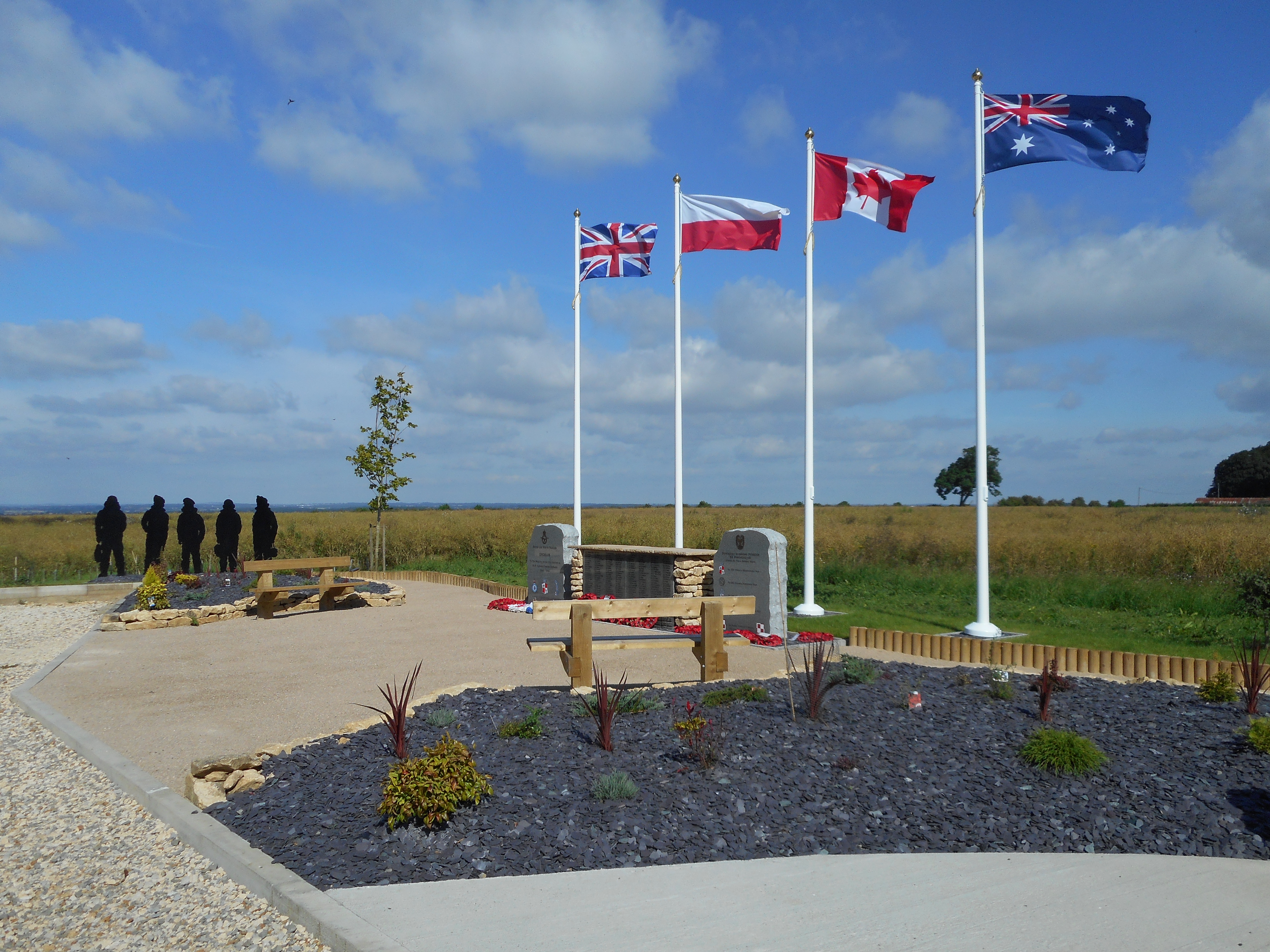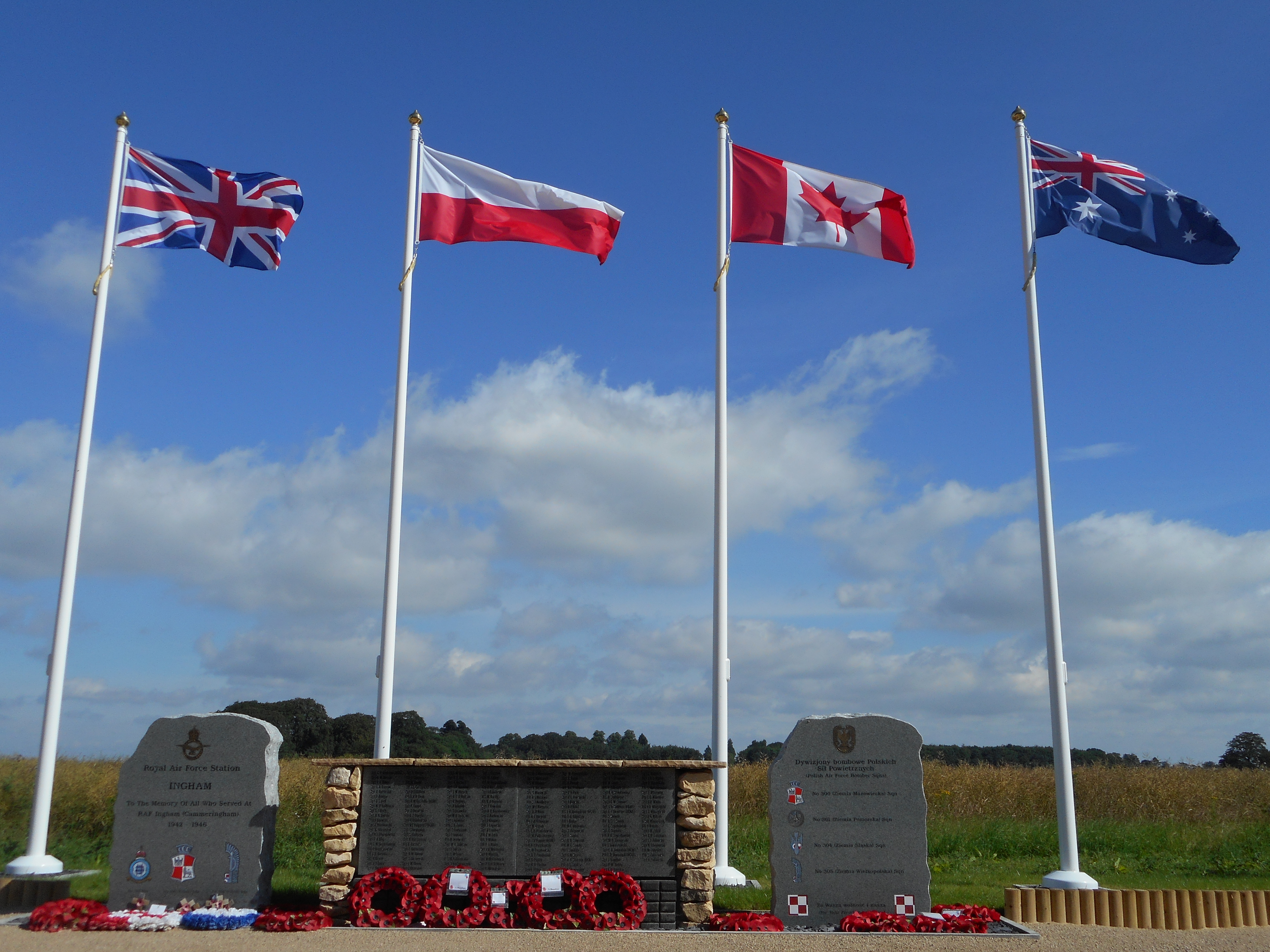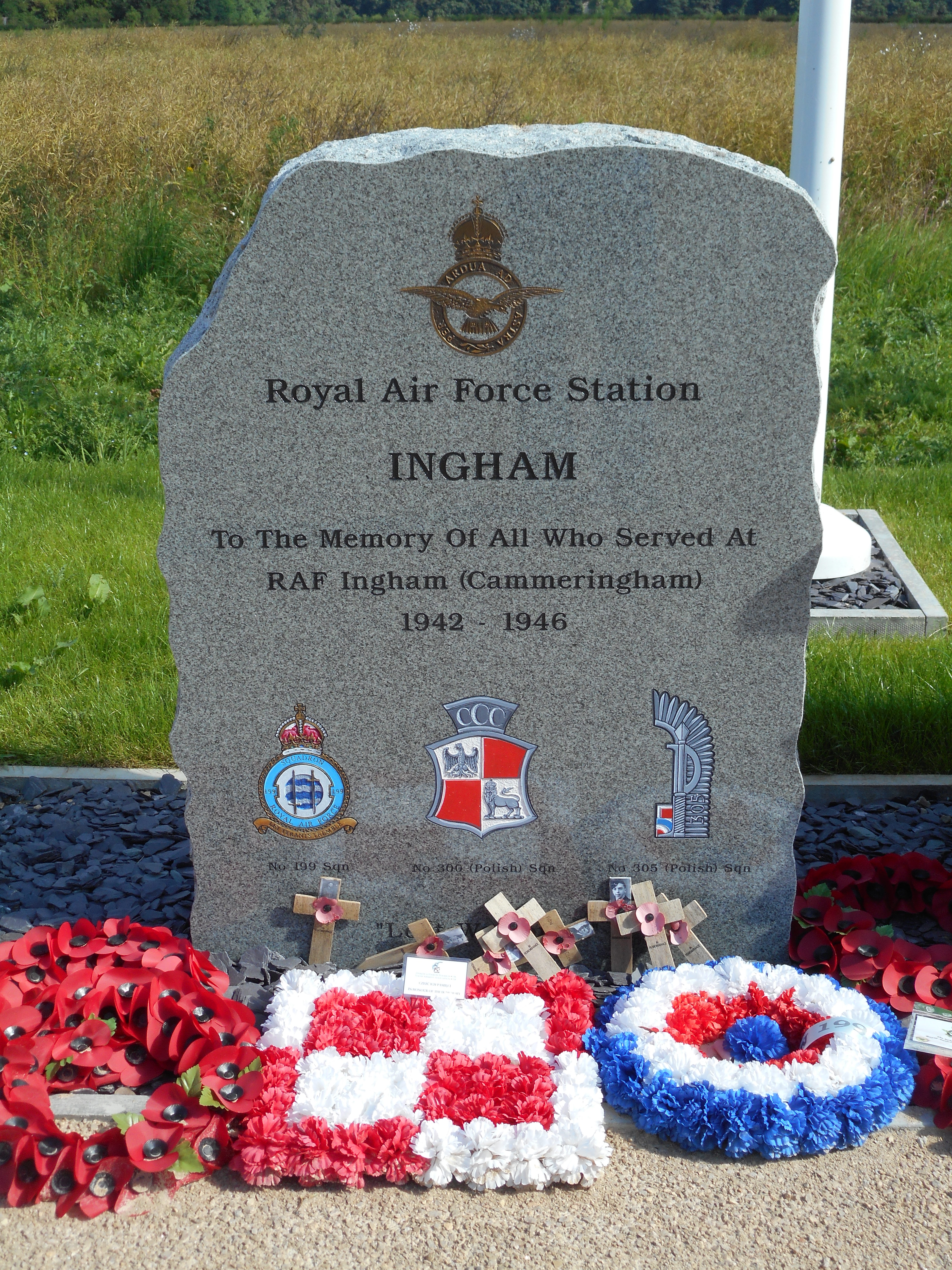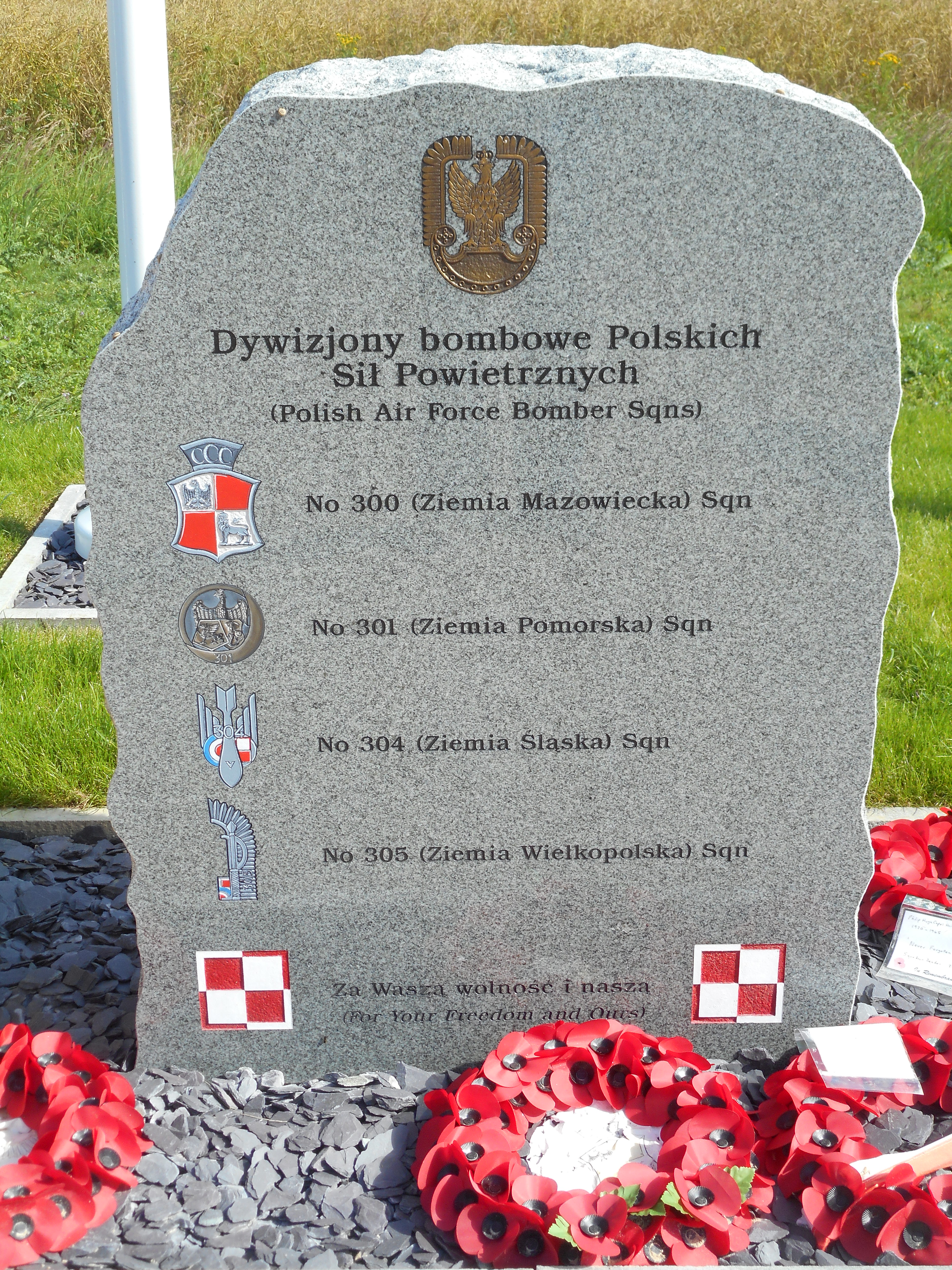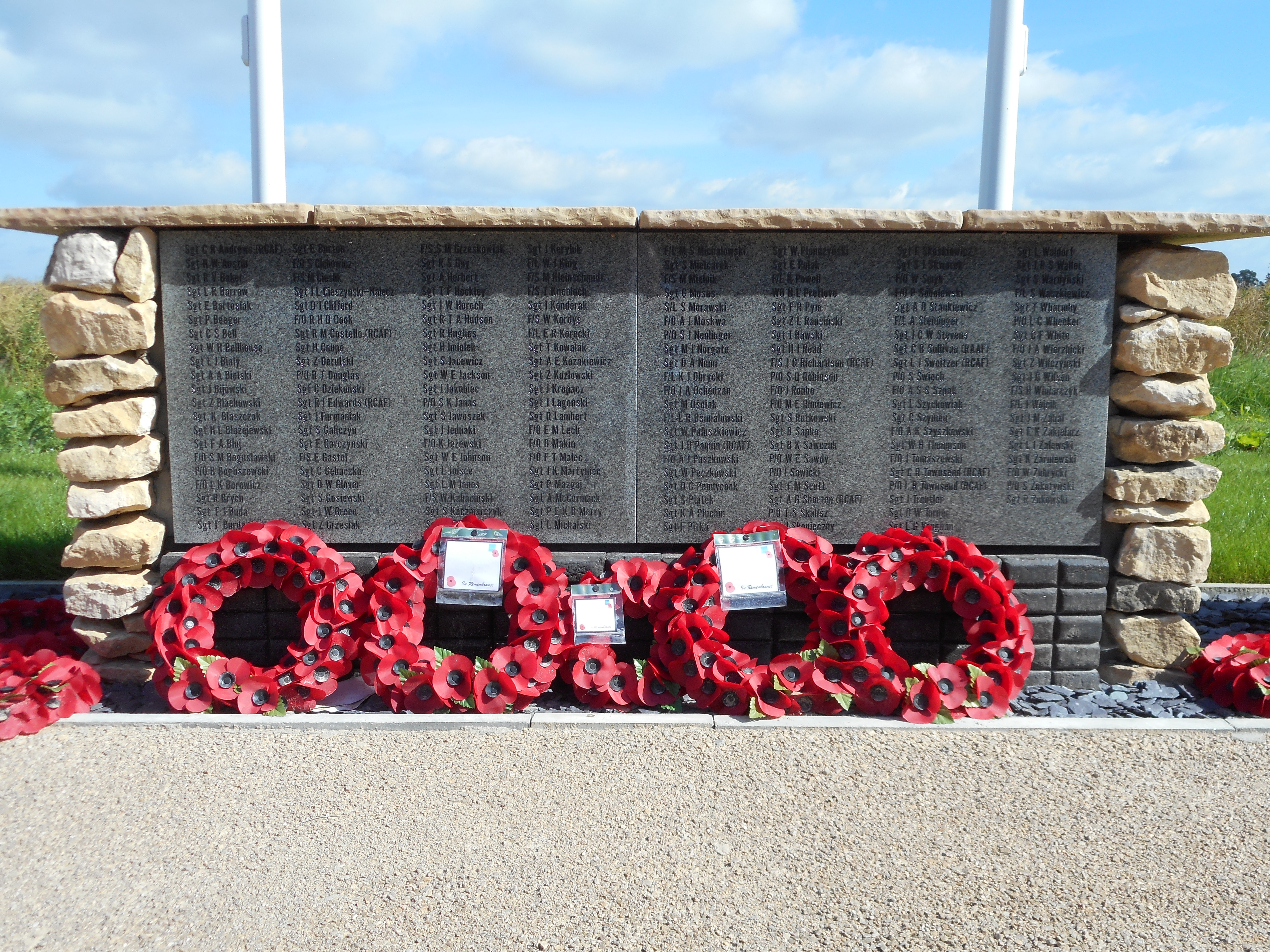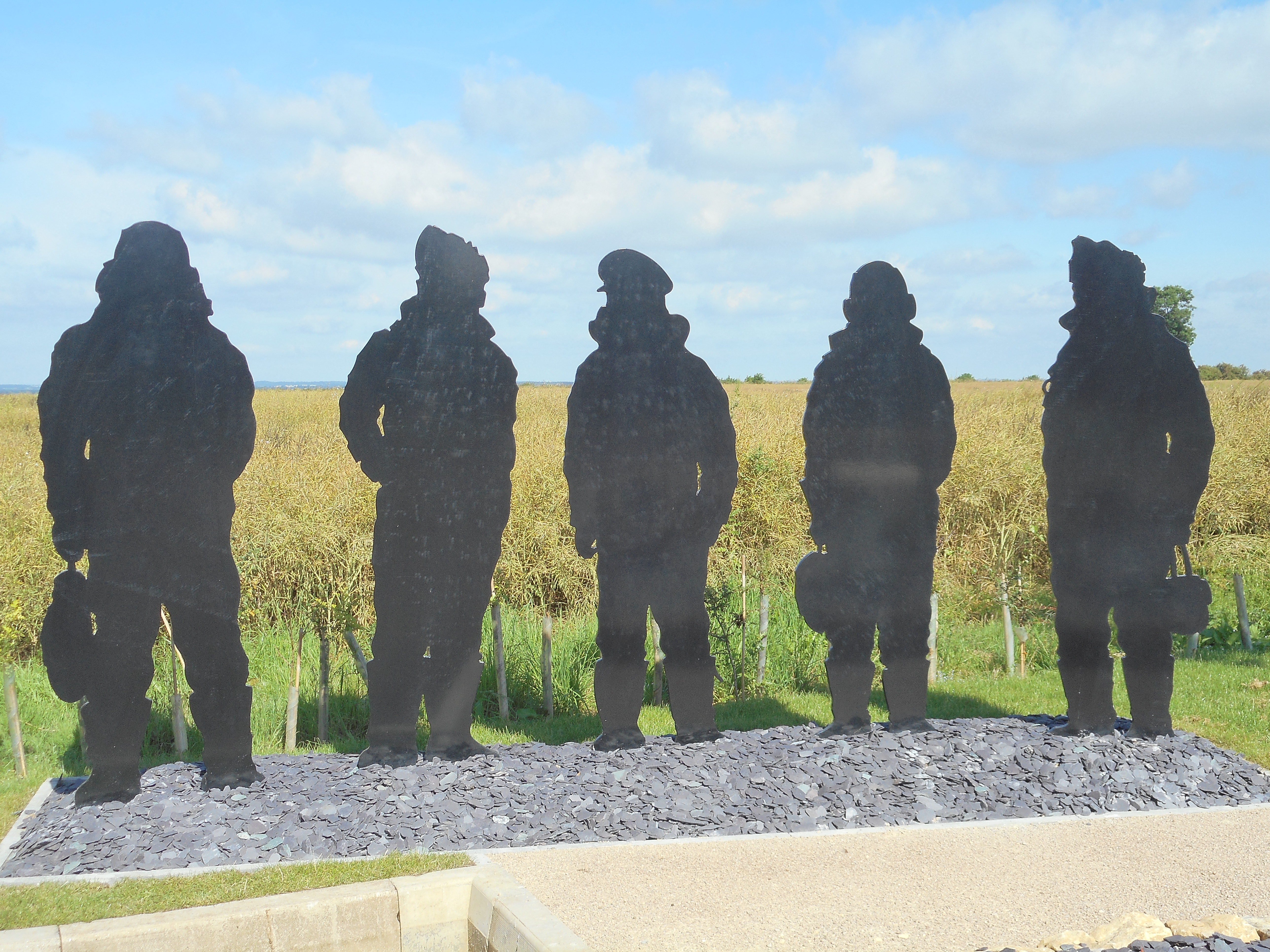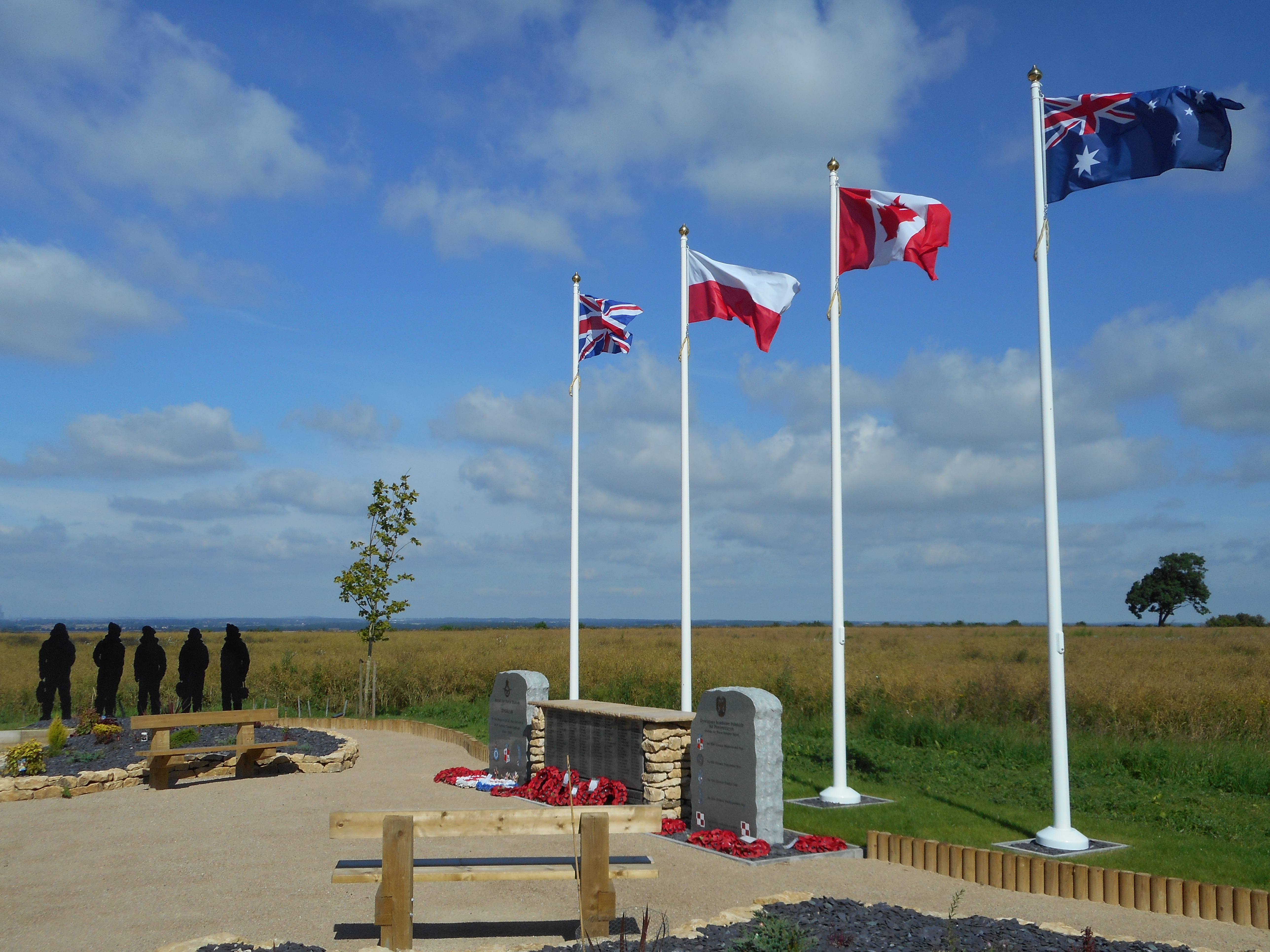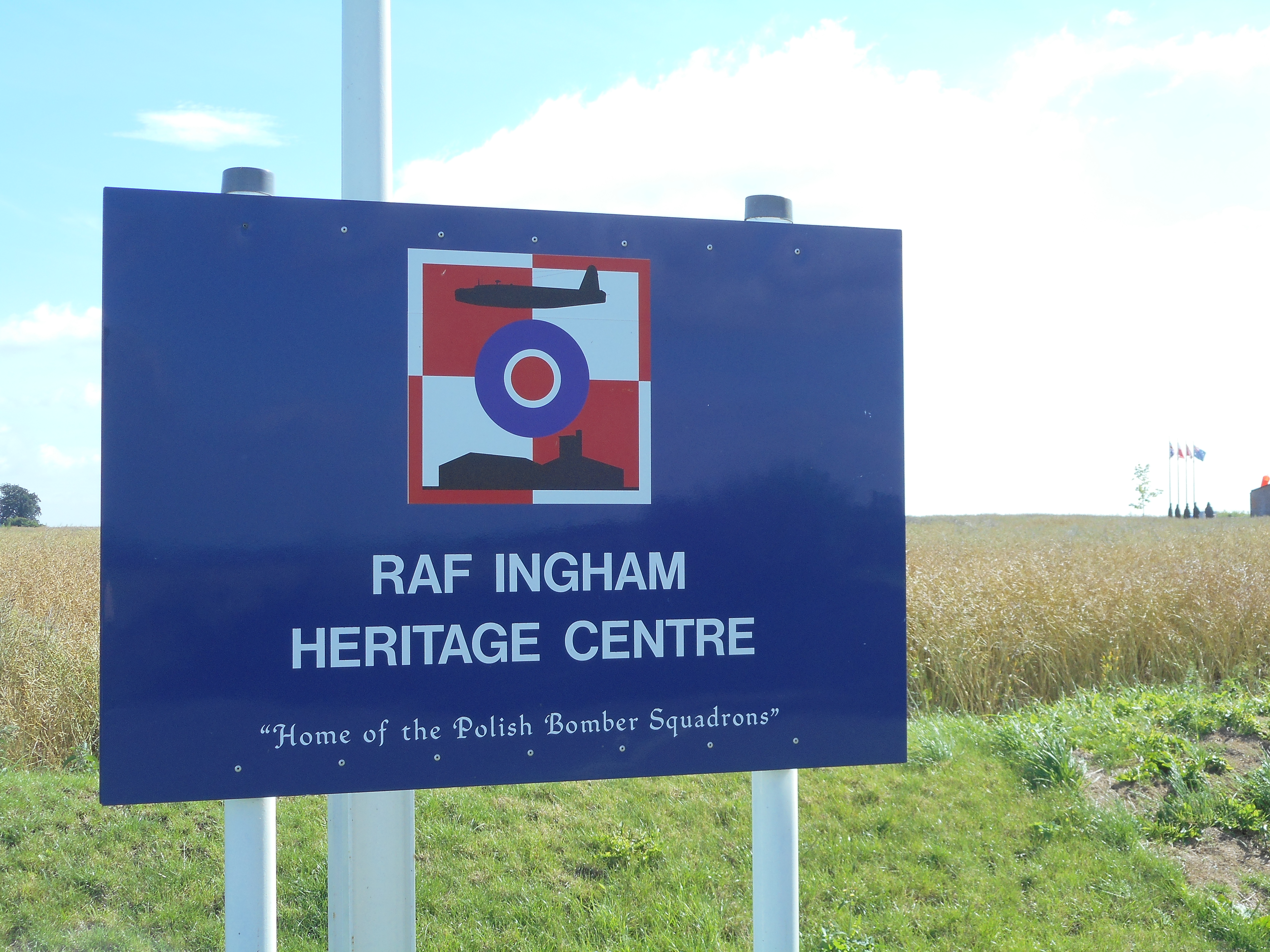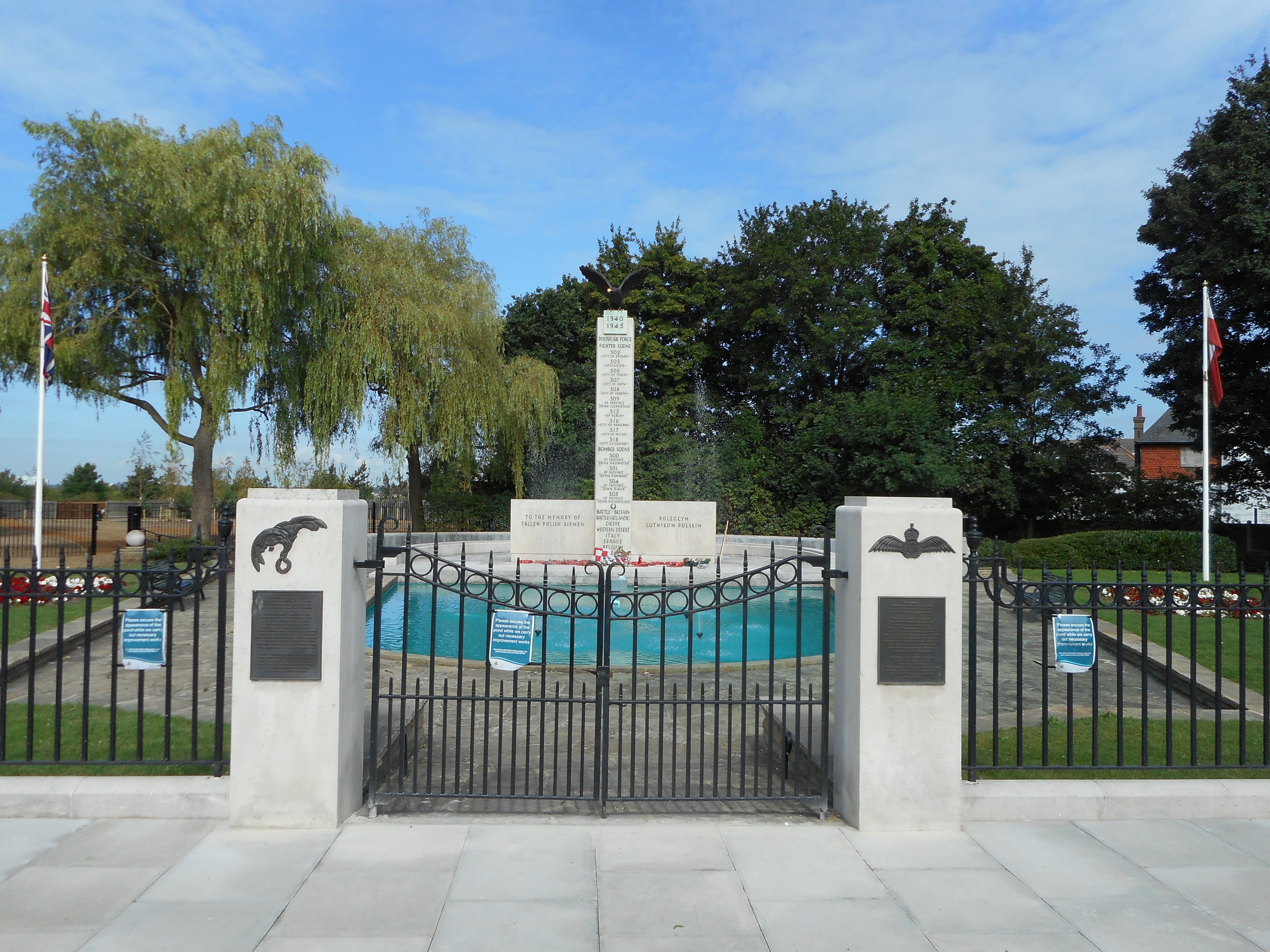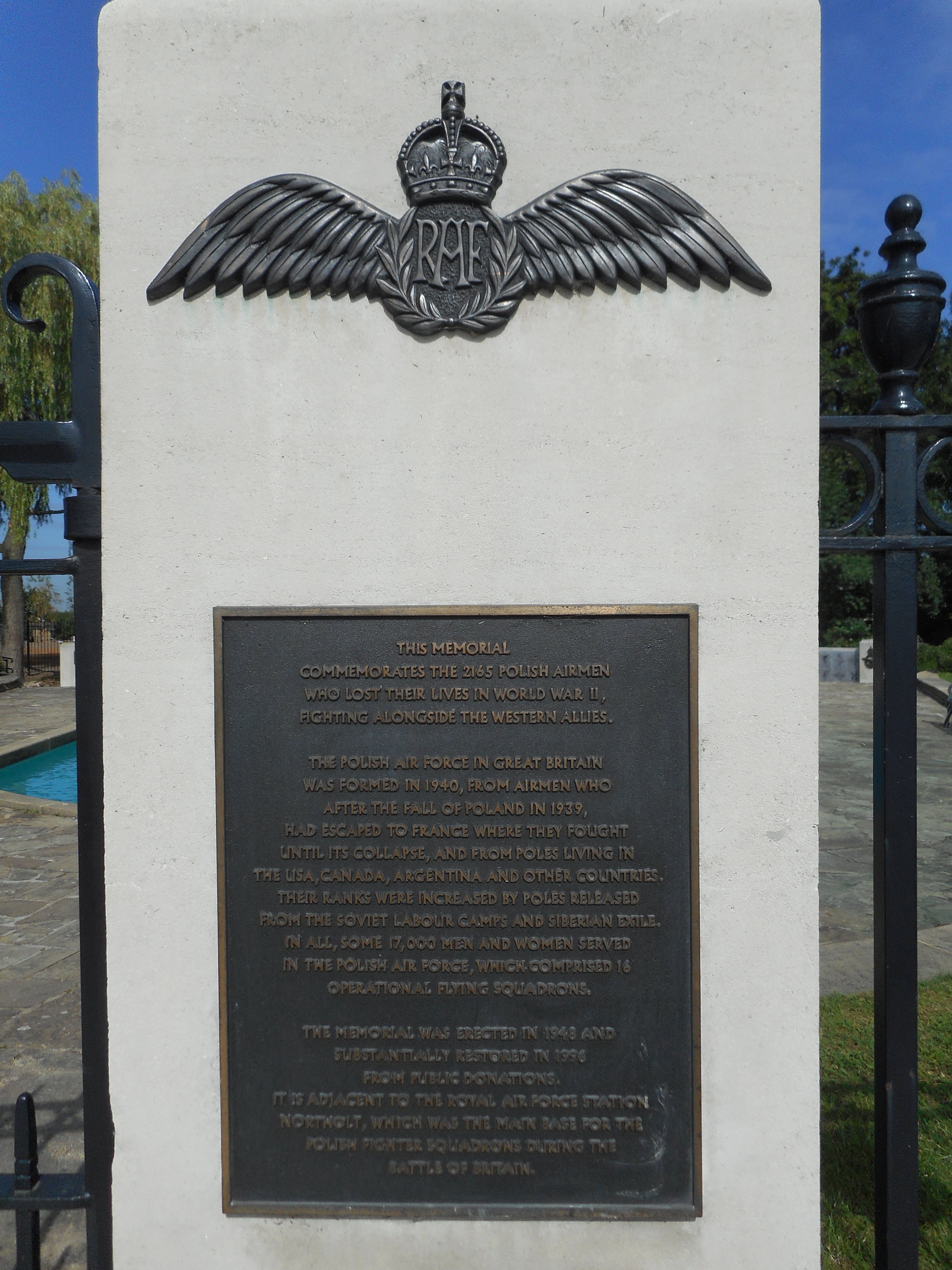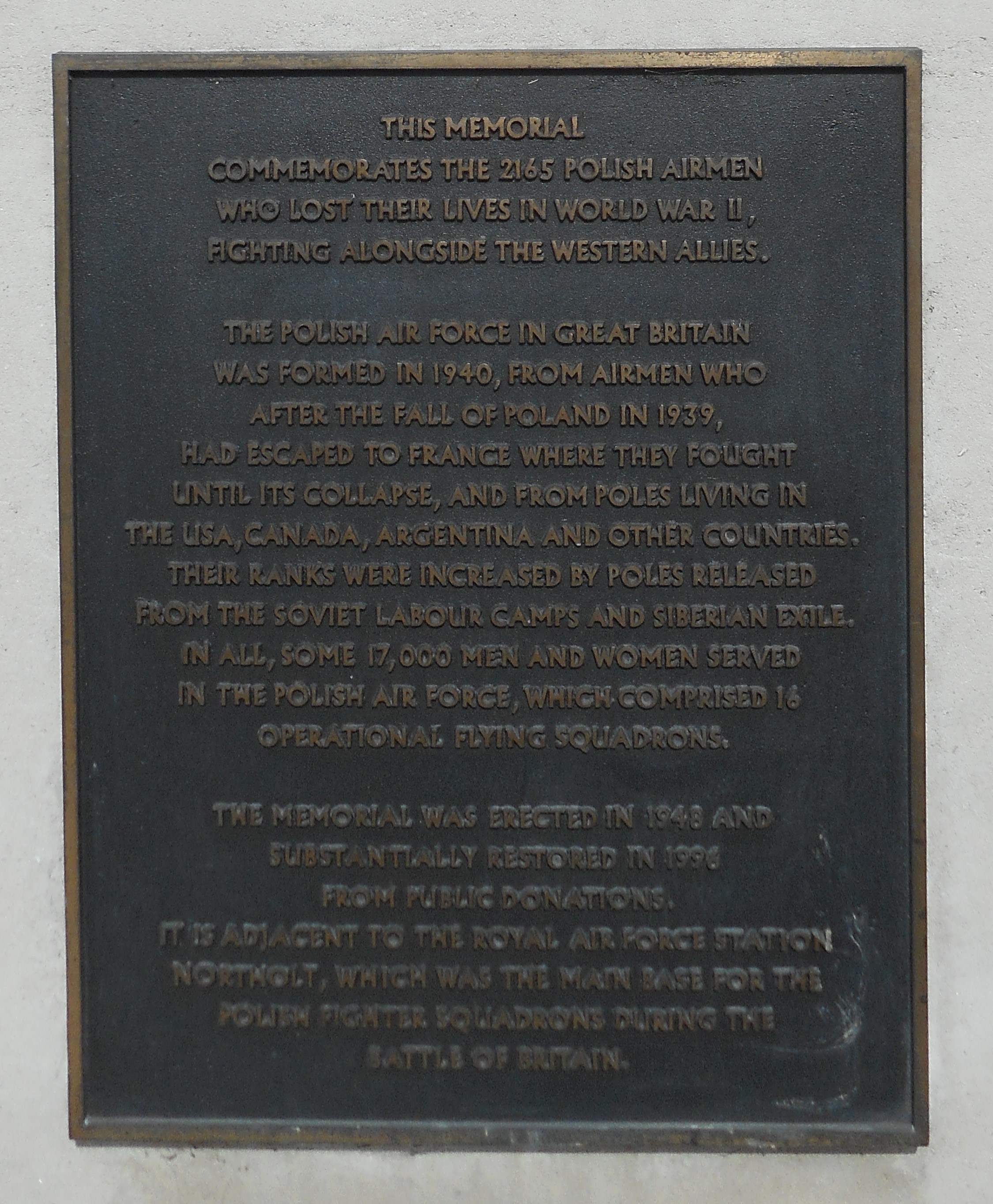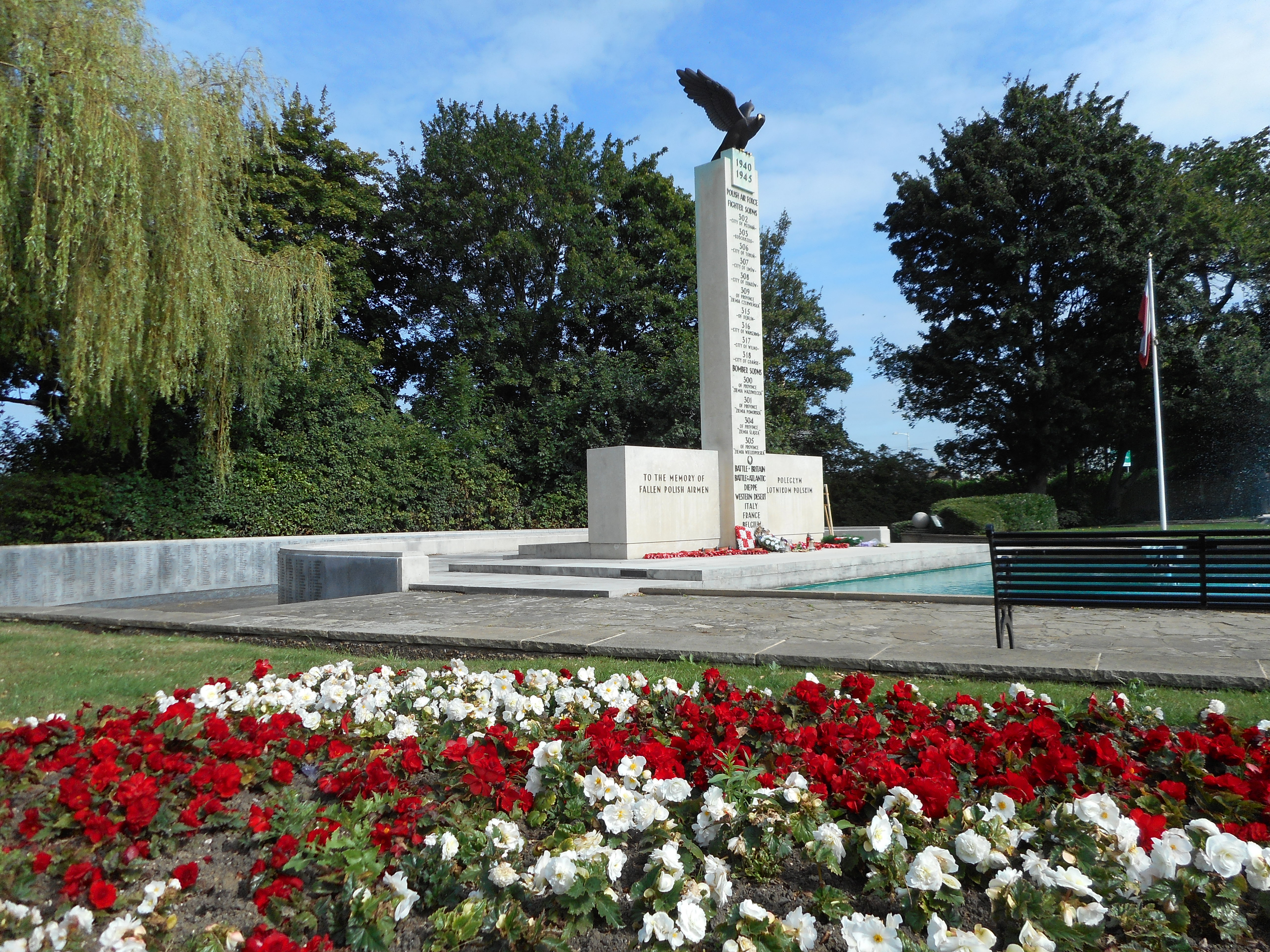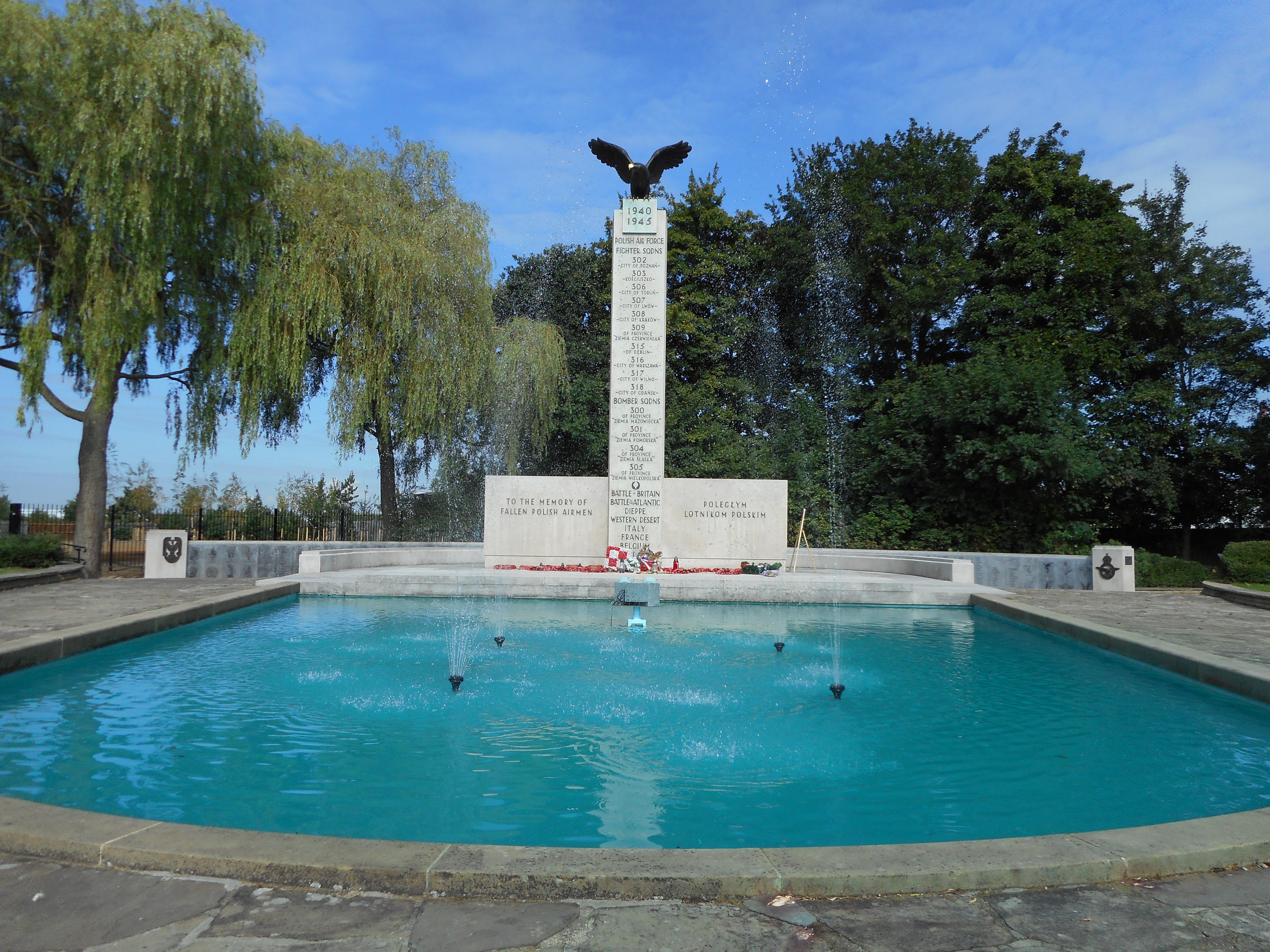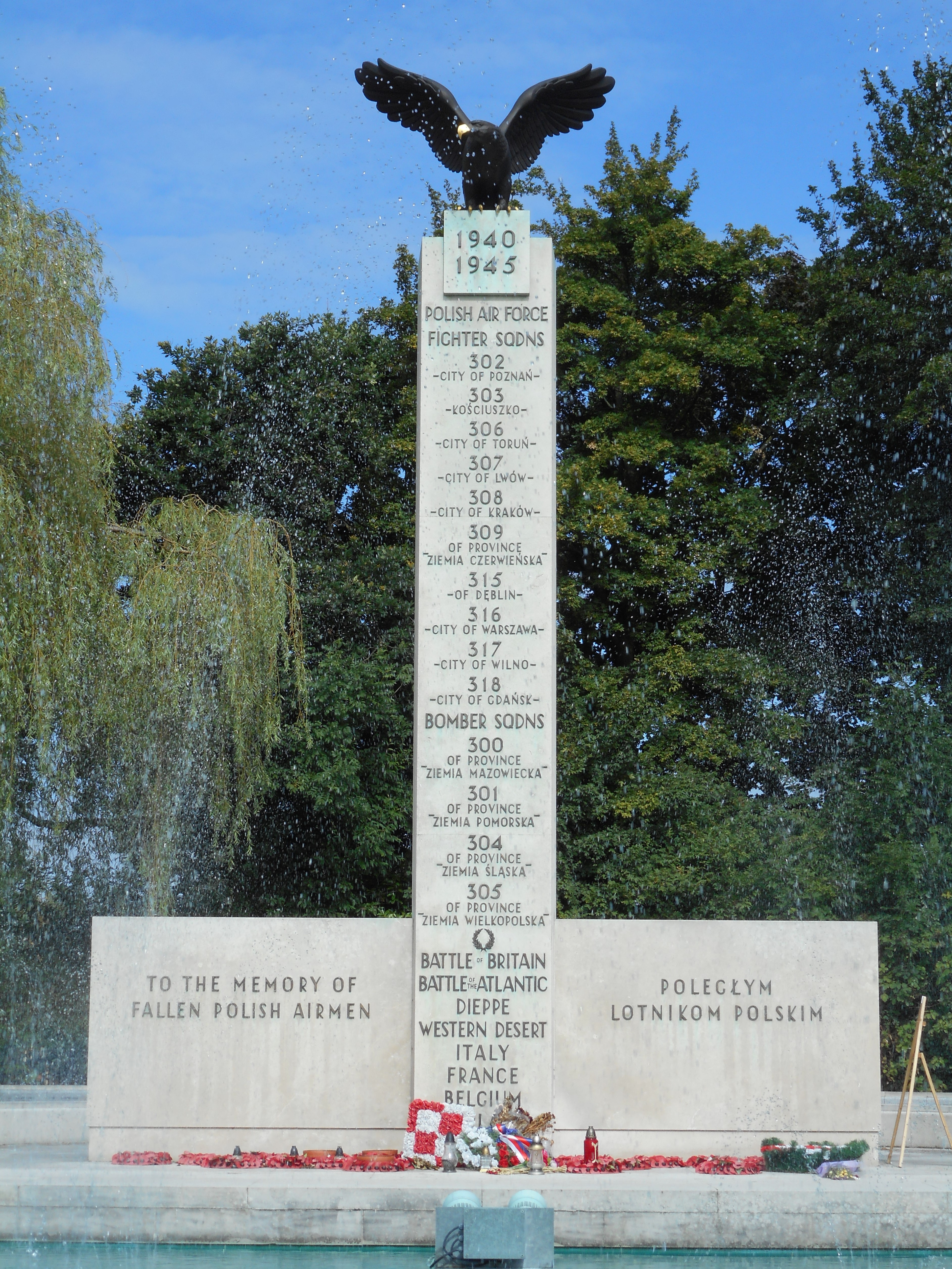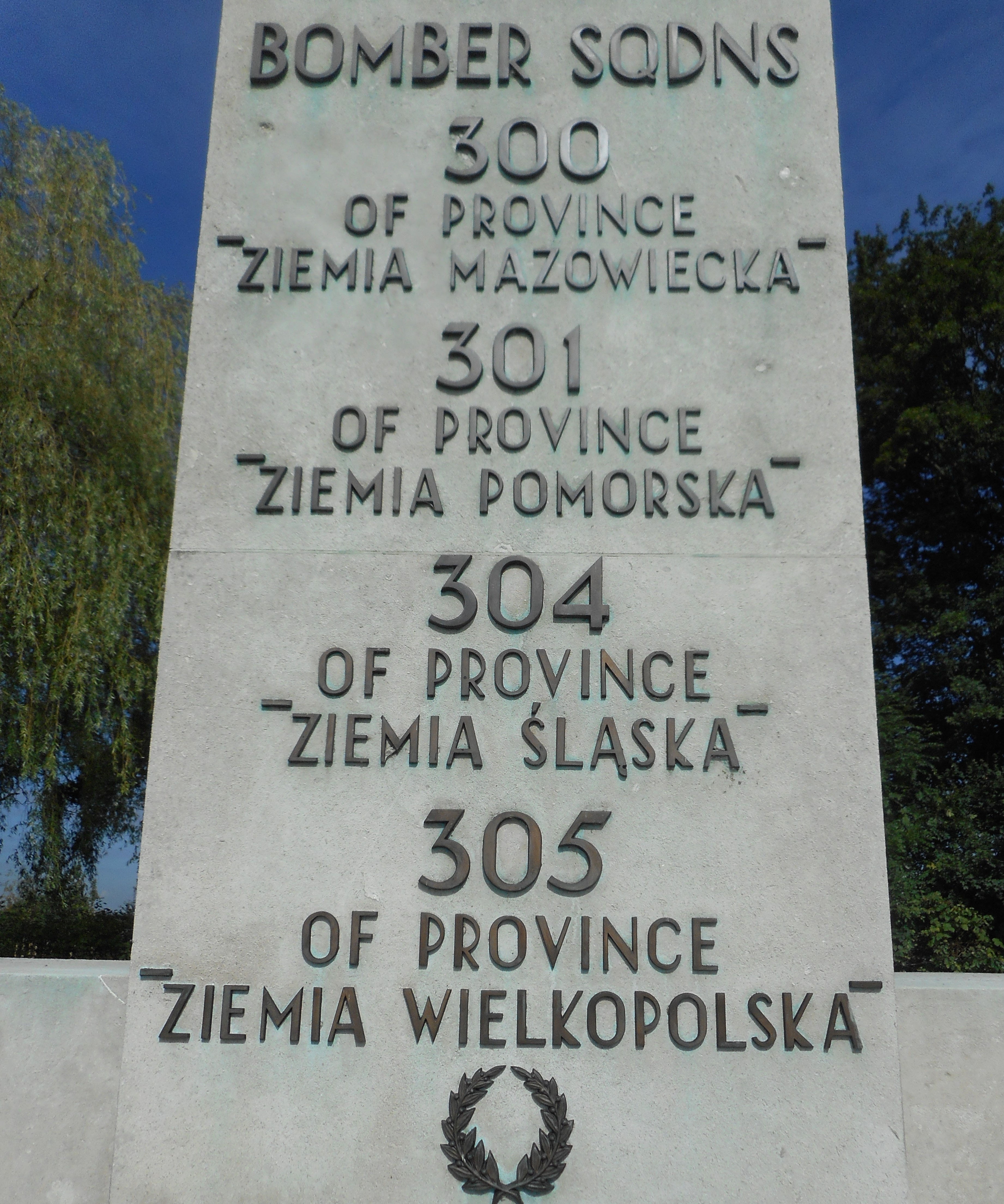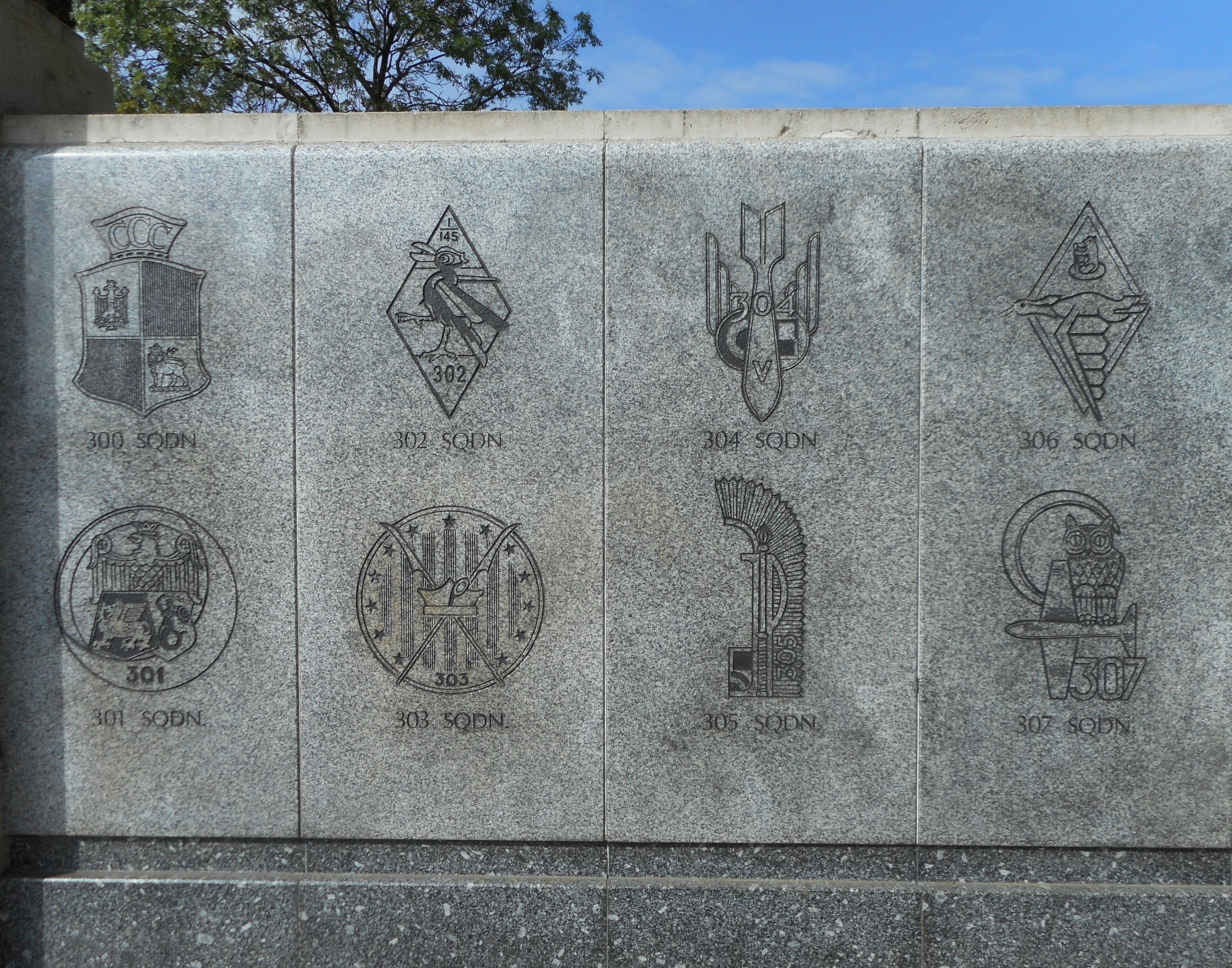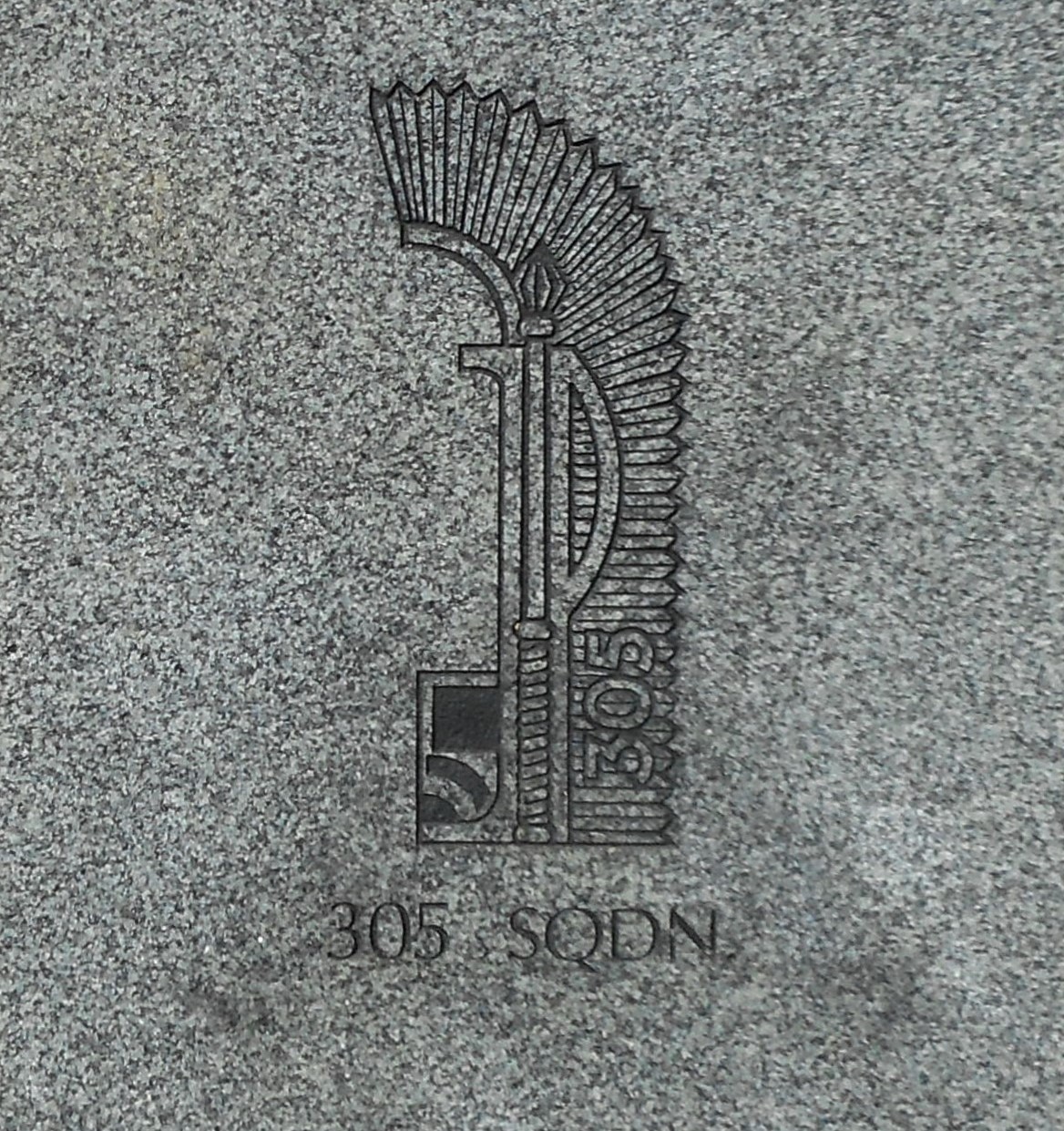Zeromski, Stanislaw Jozef
Personal Information
| Rank | P/O |
| Forename(s) | Stanislaw Jozef |
| Surname | Zeromski |
| Gender | M |
| Age | 21 |
| Date of Death | 27-02-1942 |
| Next of Kin | Son of Stefan and Michalina Żeromski, of Ossowce, Poland |
Aircraft Information
| Aircraft | Vickers Wellington II |
| Serial Number | W5423 |
| Markings | SM-R |
Memorial Information
| Burial/Memorial Country | Denmark |
| Burial/Memorial Place | Aabenraaa Cemetery |
| Grave Reference | |
| Epitaph |
IBCC Memorial Information
| Phase | 1 |
| Panel Number | 120 |
Enlistment Information
| Service Number | P.1636 |
| Service | Polish Air Force |
| Group | 1 |
| Squadron | 305 (Ziemia Wielkopolska) |
| Trade | Pilot |
| Country of Origin | Poland |
Other Memorials
| Location | RAF Ingham Heritage Centre, Ingham, Lincolnshire |
| Country | United Kingdom |
| Memorial Type | Metal Sculpture, Inscribed Stone Memorials |
| Memorial Text | In memory of all who served at RAF Ingham, including Nos 300, 301, 304 and 305 Polish Sqns |
| Location | Polish Air Force Memorial, A40 Rdbt, Northolt, Middlesex |
| Country | United Kingdom |
| Memorial Type | Metal Sculpture, Inscribed Stone Memorials |
| Memorial Text | A memorial to the Polish airmen who were killed during WW2, including Nos 300, 301, 304 and 305 Bomber Sqns |
Miscellaneous Information
| Born in Ossowce , a small village in Poland. He, and his younger sister, Helena, were brought up in the multicultural region of Podole, which taught them to love their homeland, value freedom and respect others regardless of their background. A boy scout in his schooldays, later a pilot of gliders, he finally fulfilled his dream of becoming a professional military pilot after being accepted to the Polish Air Force Academy in Dęblin, the, so called, School of Eaglets. It was where the World War II met him and he was never to go back home again. After a series of air raids by Luftwaffe in 1939 all the staff and the students were evacuated to Hungary and by various routes through Romania, Yugoslavia, Greece, probably Syria most of them, including Stanisław Żeromski, got to France, to the military camp in Caussade and then to the station in Lyon-Foire. Eager to fight for the freedom of their homeland now occupied not only by Germans but also Soviets, he, with most Polish pilots, got to Great Britain on board Arandora Star. His route in Britain led through Liverpool, Kirkham, Weeton, Blackpool to 18 Operational Training Unit in Bramcote and Bittleswell. On 1 October 1941 he received his officer promotion. Having assembled a crew of 5 airmen, namely Jerzy Jungowski, Kazimierz Pawluk, Czesław Krupa, Józef Kramer, Marian Skubiszewski, he was accepted into No. 305 Bomber Squadron on 8 December 1941. He flew his second Dickie flight on 28/29 January 1942 with captain Stefan Sznidel on an operation against Munster. On 26/27 February 1942, again as second pilot, he flew on a night operation against Kiel on board Wellington II W5423 SM-R. |
Casualty Pack Number Find Out More
| AIR 81/12412 (P366489/42) |
The National Archives
| Record of Events (Operational Record Book) AIR 27/1672/22 |
| Summary of Events (Operational Record Book) AIR 27/1672/21 |
Fellow Servicemen
Please note that this list gives all the losses aboard the quoted aircraft and occasionally these may have occurred on an earlier date when the aircraft was not itself lost. Please check the dates of death carefully.
Last Operation Information
| Start Date | 26-02-1942 |
| End Date | 27-02-1942 |
| Takeoff Station | Lindholme |
| Day/Night Raid | Night (84% moon) |
| Operation | Kiel |
| Reason for Loss | Hit by flak and then possibly finished off by Lt. Paul Szameitat of 8./NJG3 1km North West of Tonder (Robbe) at 22:15. Crashed and exploded near Tonder, Denmark. All of the crew perished and were found close to the wreckage. They were buried on 5 March 1942 with a full military honours by Danish and German officials. The Wehrmacht provided a guard of honour with and laid wreaths. |
